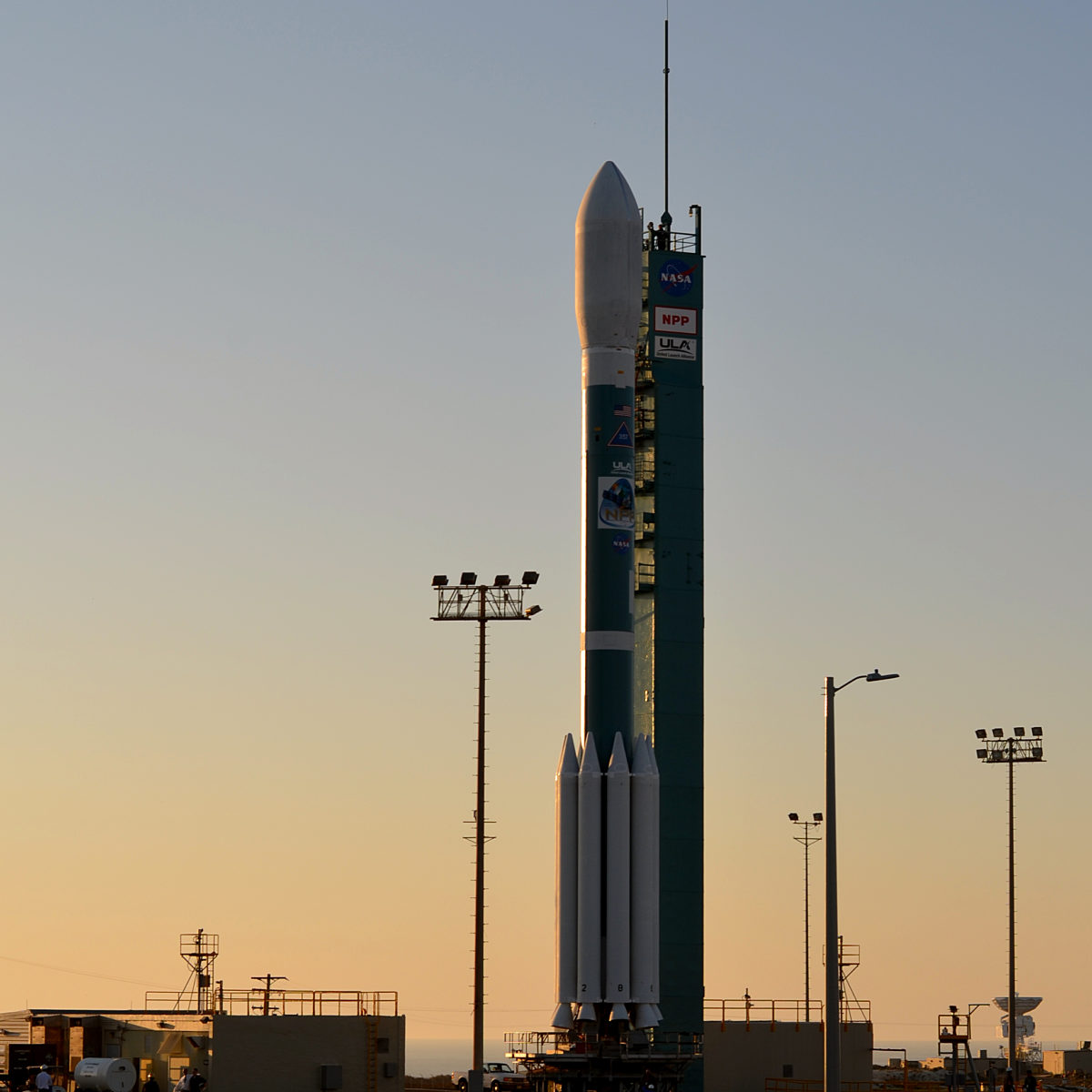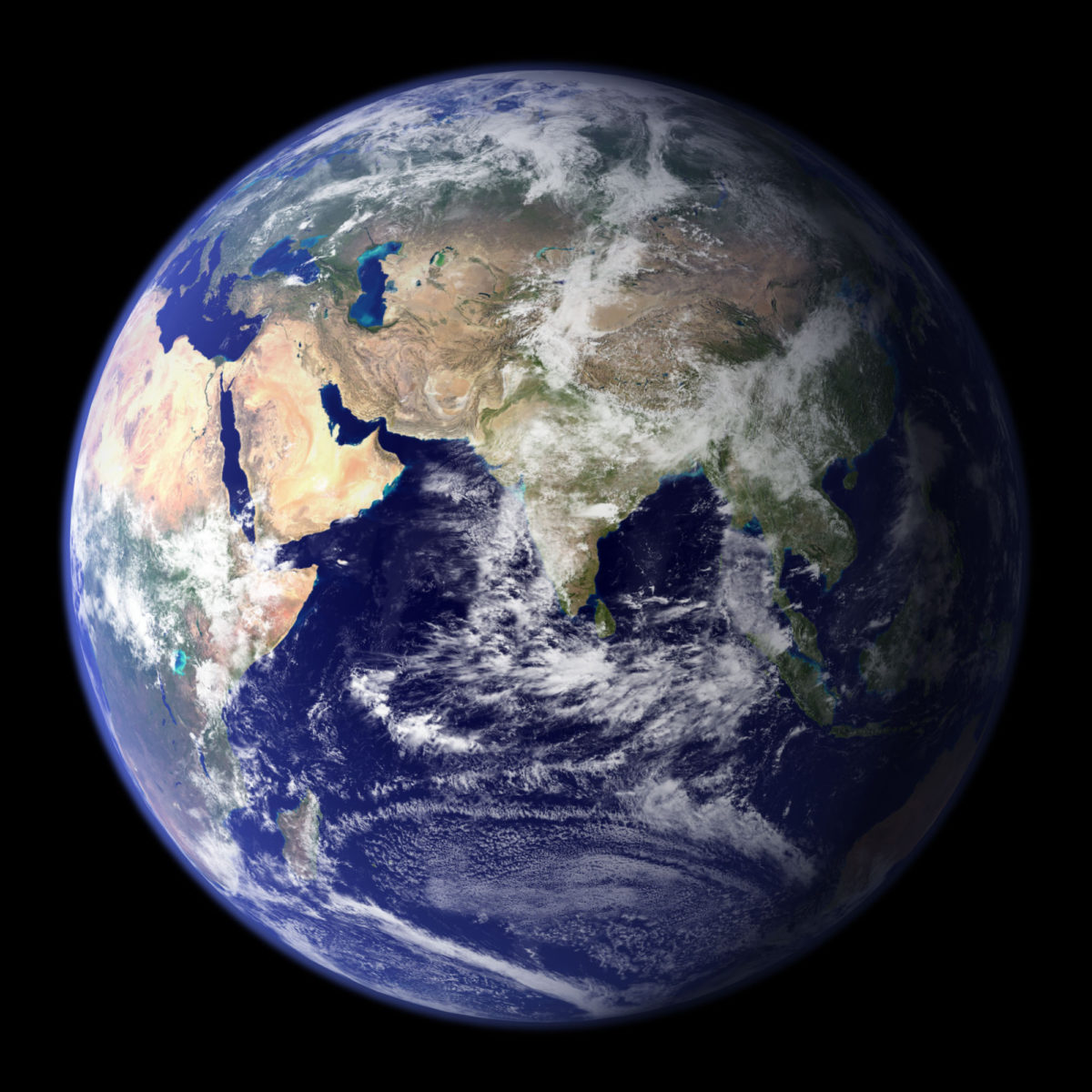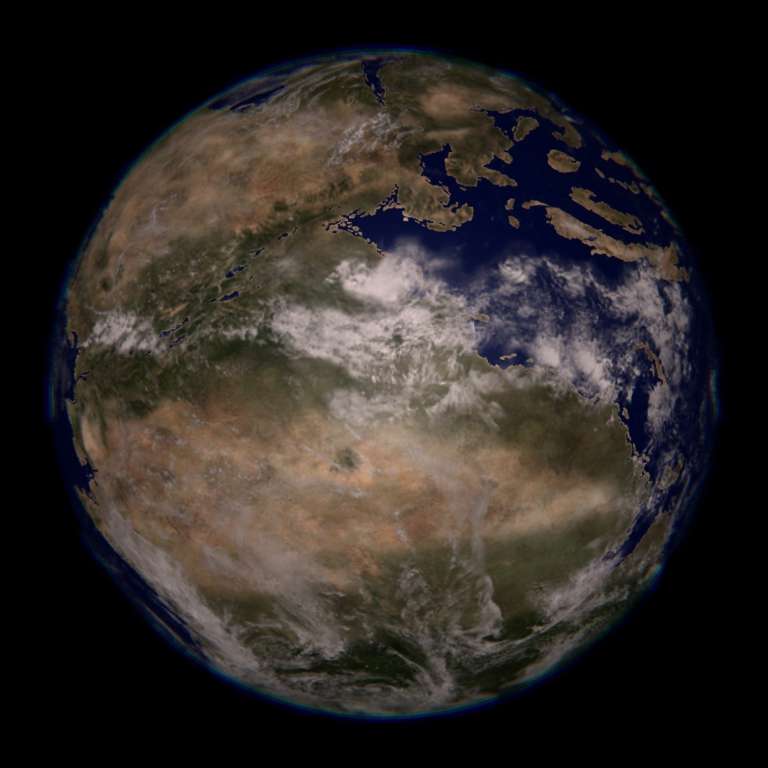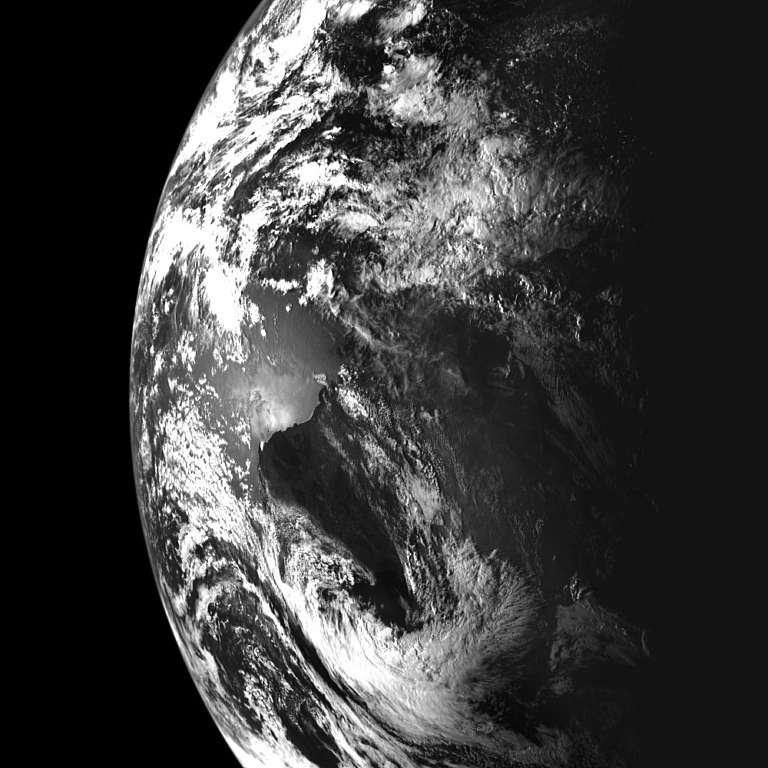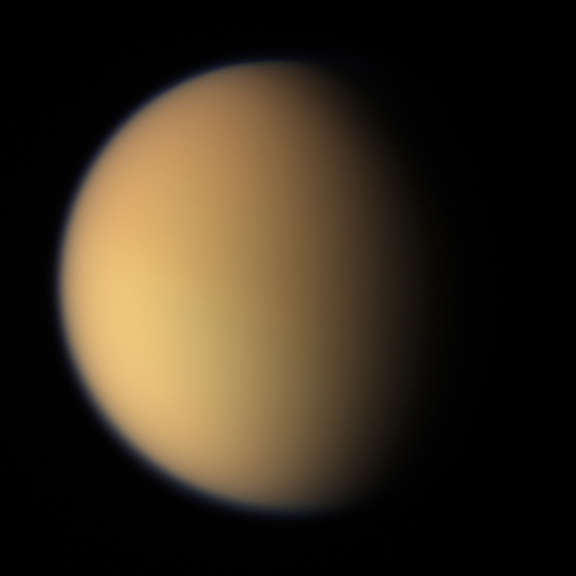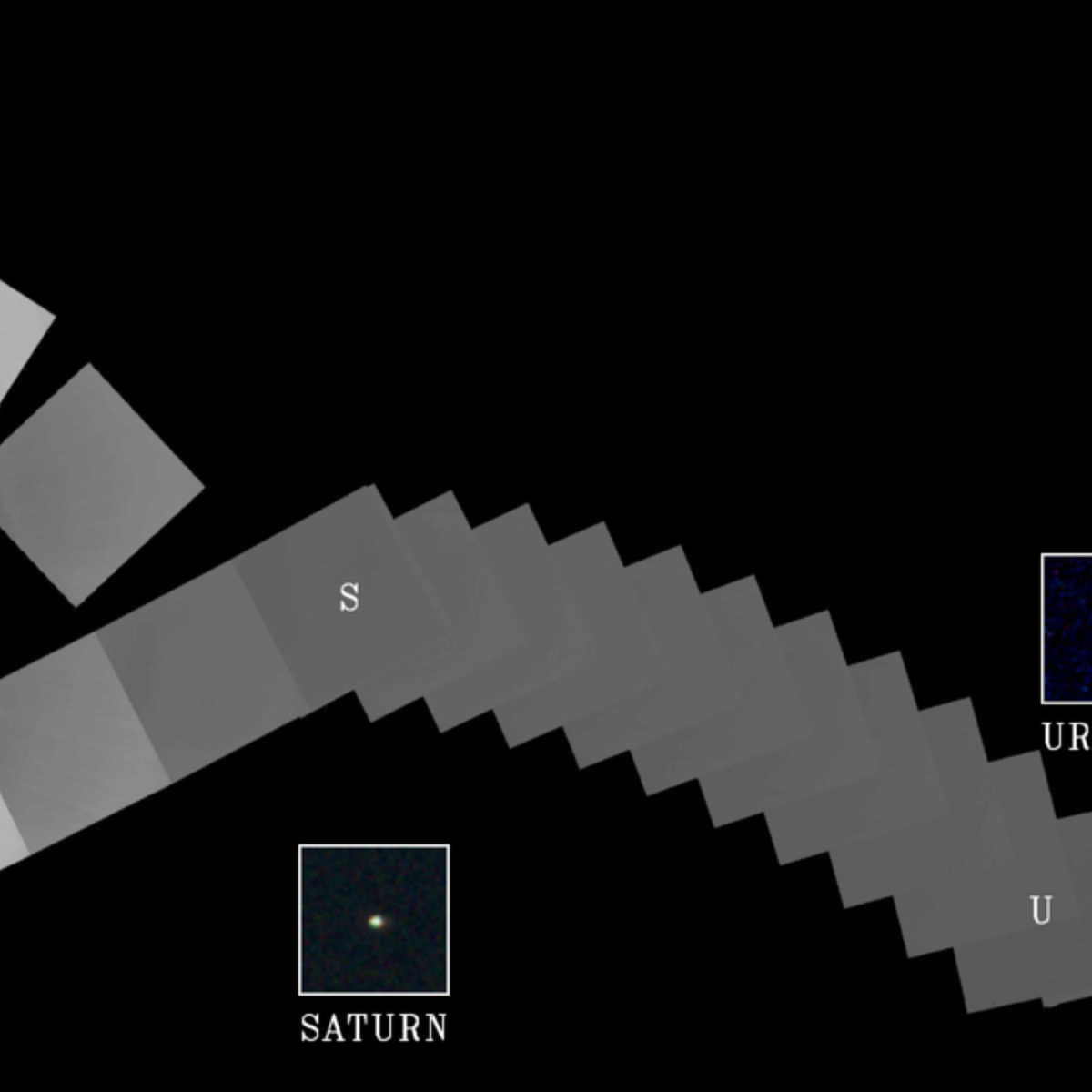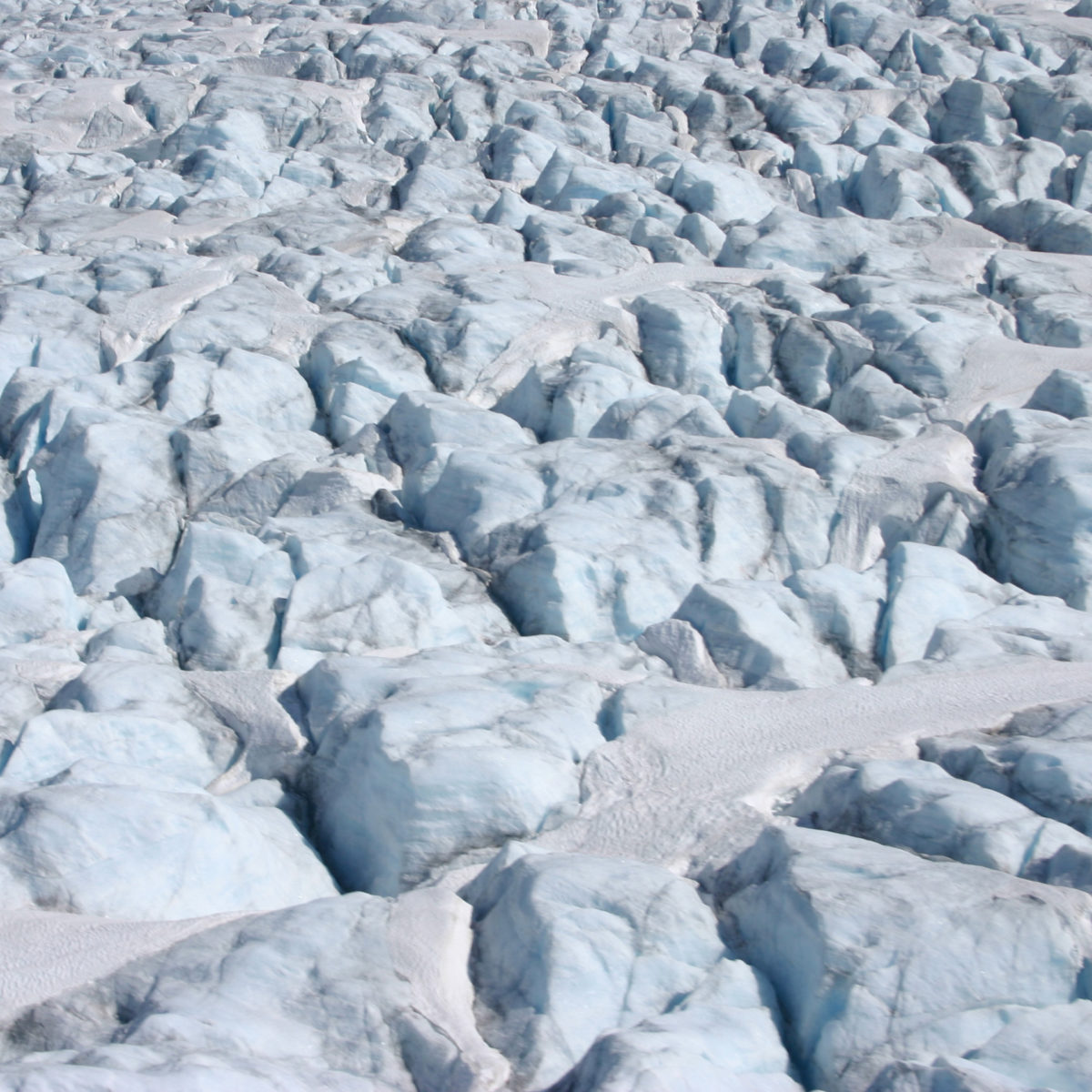All
All
Stories, updates, insights, and original analysis from The Planetary Society.
Steno's principles and planetary geology
The Google Doodle for January 11, 2012 celebrates Nicholas Steno, one of the founding fathers of modern geology, on the occasion of his 374th birthday. This article describes Steno's set of rules that guide geologists in reading rocks to tell the story of how a place came to be and how the rules are currently used in geology.
The state of Earth observation, January 2012
As of November 2011, the Earth Observing Handbook counts 109 active missions to study the Earth as a planet, with 112 more approved and planned for the future. Jason Davis provides an overview of key current and upcoming earth-observing missions.
The 70-meter dishes of the Deep Space Network
I was inspired by my recent trip to Goldstone to put together this poster showing all three of the great 70-meter dishes of the Deep Space Network. There's one at each of the three complexes, at Goldstone, at Robledo (near Madrid, Spain), and at Tidbinbilla (near Canberra, Australia).
Earth science's next big thing
Meet the next big thing in NASA's mission to study planet Earth: NPP, the NPOESS Preparatory Project satellite.
Video: Soaring over Earth
This amazing video has already been posted by basically every other space blogger but I can't resist featuring it too, especially because I just realized that it was not made by NASA but instead by a member of the public digging into public NASA archives of image data -- yay for amateurs!
Scale solar system presentation slide, a provisional version for you to review
I'm preparing a talk for the Pacific Astronomy and Telescope Show here in Pasadena on Sunday afternoon at 1:45. I have spent the morning putting together a slide that I have long wanted to have for presentations.
Pretty picture: Earth and Moon from JunoCam
It's always awe-inspiring to see our great world as just a tiny spot within vast space. The latest spacecraft to get such a view of Earth and the Moon is the Jupiter-bound Juno.
NASA thinks Earth is a planet, too
Although much of the publicity NASA receives focuses on planetary exploration, Earth observing satellites like Aqua keep tabs on our home planet's weather and climate.
Origins 2011 conference, part 1
The Origins 2011 conference, which took place last week in Montpellier, France, was dedicated to the origins of life and its occurrence in the universe. At this meeting, scientists from very different disciplines came together to share their ideas.
Citizen Science projects for Planetary Science: Get Involved! Do Science!
Citizen Science projects let volunteers easily contribute to active science programs. They're useful when there is so much data it overwhelms computing algorithms (if they exist) or the scientific research team attempting to process it.
A rare direct hit from a meteorite
Meteorites hit Earth all the time, but they almost never score direct hits on human-built structures (or humans, for that matter). Once in a while, though, direct hits do happen, and it looks like this recent event in Poland was the real thing.
Familiar yet alien ancient views of Earth
I have always found maps of the motions of Earth's continents fascinating, so it is really cool to see some gorgeous new reconstructions of what Earth would have looked like to spaceborne observers over the last 750 million years.
Memo to early risers: Look up!
There is a traffic jam of planets on the eastern horizon in the early morning right now and for the next several weeks, a prize for those of you who have to rise before dawn.
The scale of our solar system
Space.com has taken advantage of the infinitely scrollable nature of Web pages to produce a really cool infographic on the scales of orbital distances in the solar system.
India's launch site as seen by Japan's Daichi orbiter, now lost
I wrote the following blog entry about an image from Japan's Daichi Earth-observing orbiter last week as one to keep in my back pocket for a day when I was too busy to write, not anticipating that there'd soon be a more pressing reason to write about Daichi. On April 21, after just over five years of orbital operations, Daichi unexpectedly fell silent, and is probably lost forever.
Are there more Titans than Earths in the Milky Way?
Might there be many Titan-like planets and moons, with atmospheres and liquid methane rain, rivers, and lakes, across the galaxy? It's an important question if you think that liquid methane environments could support alien life, because it turns out that Titan-like planets might be more common than Earth-like planets.
Nick Schneider: Notes on an earthquake
I was heading south to Tokyo with Seiko and Ishi, two students from the conference. We were planning a dinner together, maybe catching the nighttime skyline from the top of Tokyo Tower. I dozed off as the train flew silently through the countryside. Next thing I knew, Seiko was shaking me awake saying
The curse of living on a geologically active planet
As the disaster of the magnitude 8.9 Sendai quake of Friday, March 11, at 05:46:23 UTC continues to unfold in Japan, I have been unable to tear my attention away.
The Solar System from the Inside Out - and the Outside In
Space probes grant us perspective, the ability to see our place within the vastness of the solar system. But opportunities to see all of the solar system's planets in one observation are rare. In fact, there's only been one opportunity on one mission to see the whole solar system at once, until now.
Door 29 in the 2010 advent calendar
Time to open the twenty-ninth door in the advent calendar. Where in the solar system is this fractured flowing ice?


 Explore Worlds
Explore Worlds Find Life
Find Life Defend Earth
Defend Earth


 Sun
Sun Mercury
Mercury Venus
Venus Earth
Earth Mars
Mars Jupiter
Jupiter Saturn
Saturn Uranus
Uranus Neptune
Neptune Small Bodies
Small Bodies


